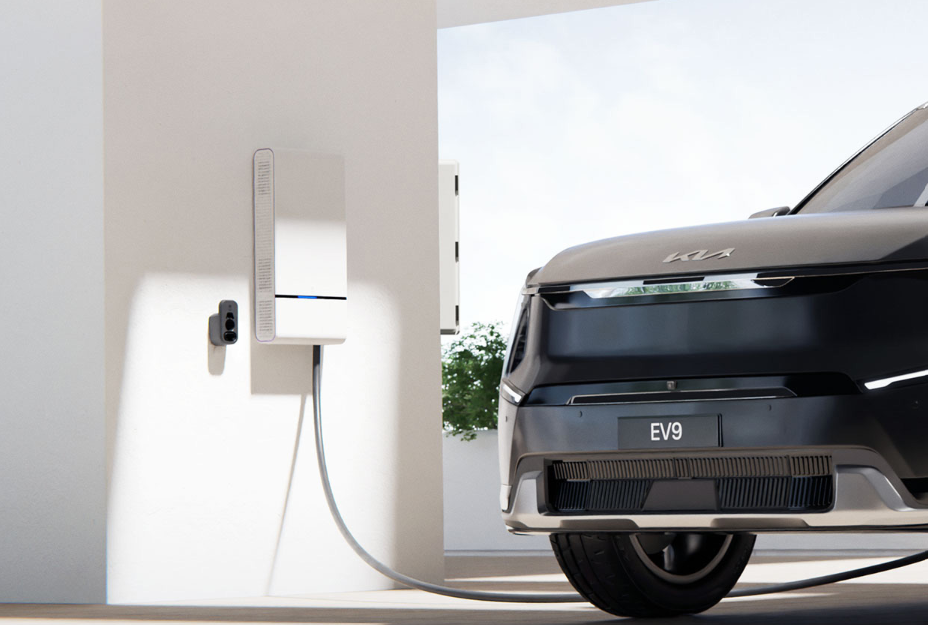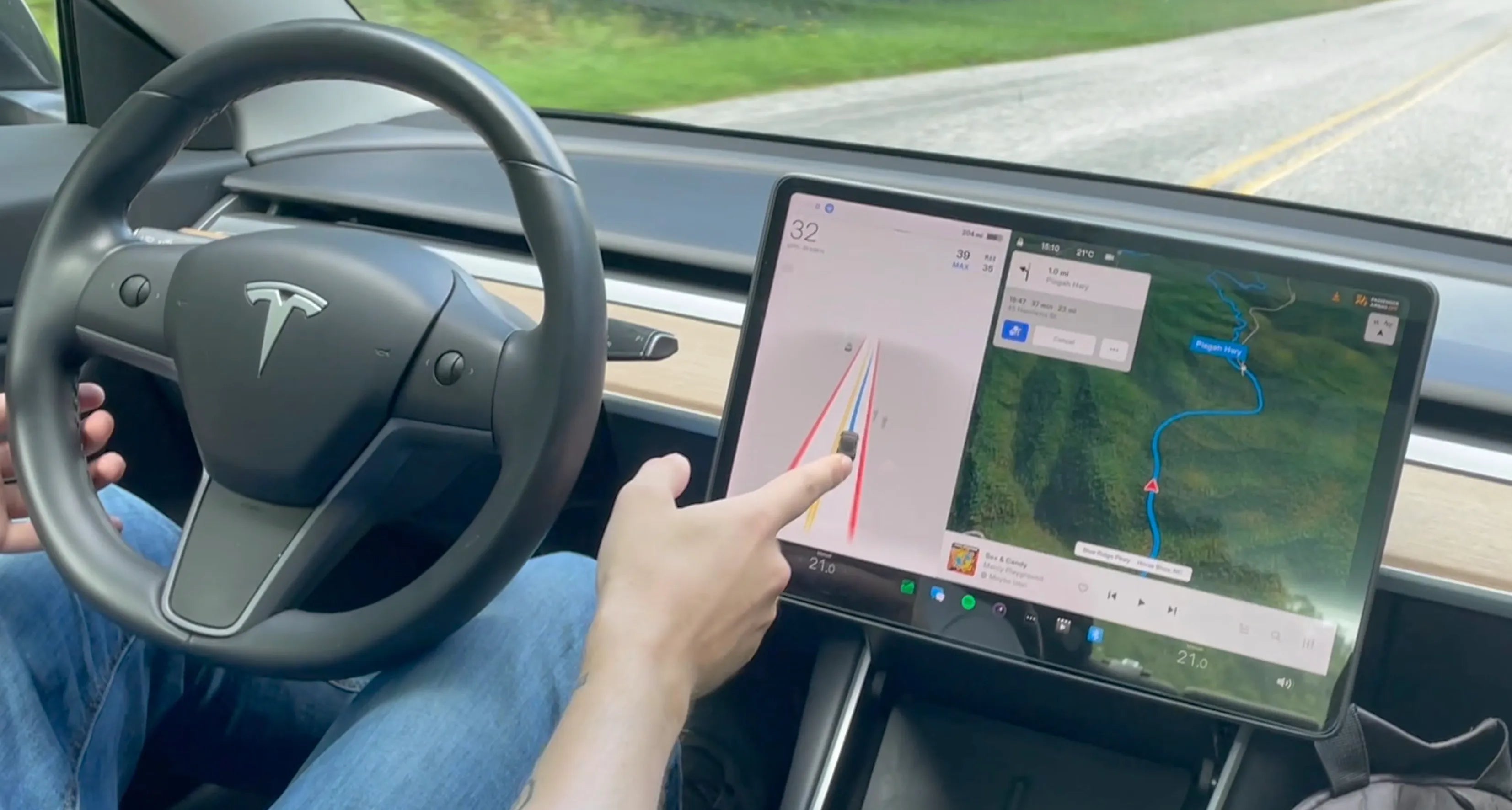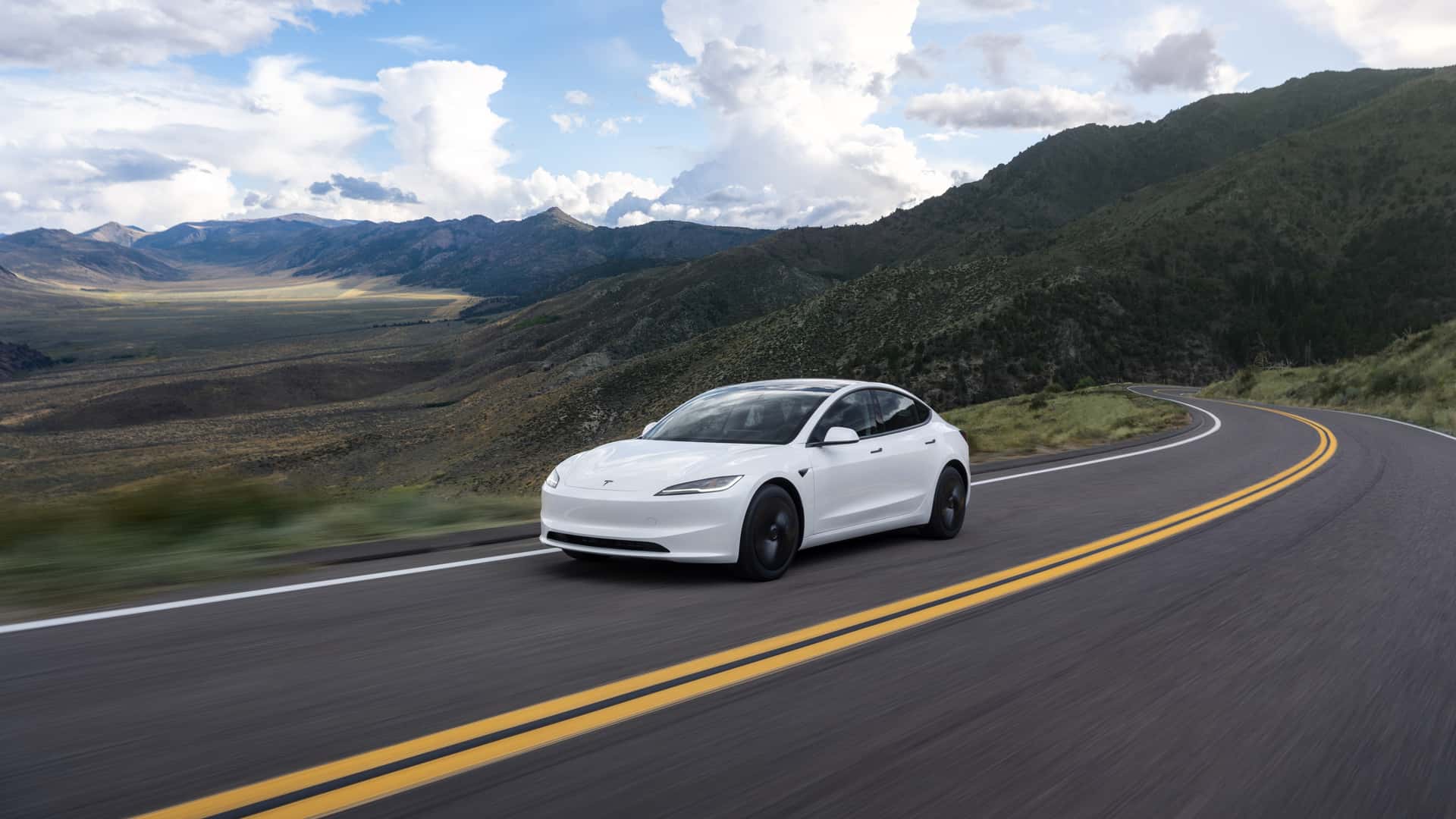Overview
Against a backdrop of rising car prices, the 2026 Toyota bZ takes a different path. The entry model is about $2,000 cheaper than before, while upper trims gain substantial range and improved charging capability. The reshaped lineup targets shoppers who want an affordable entry point without giving up efficiency—and buyers willing to spend a little more for best-in-segment range at this price. Toyota also standardizes a NACS port and bumps AC charging to 11 kW, further easing day-to-day ownership.
Entry model: lower price, leaner specs
The bZ XLE FWD now starts at $36,350 (incl. $1,450 destination), down from $38,520. To reach that price, Toyota fits a 57.5-kWh battery (previously 71.4 kWh) and a 168 hp motor (down from 201 hp). Estimated range shifts from 252 miles → 236 miles. While these are real concessions, they lower the barrier to a new EV by several thousand dollars, which may matter more to buyers prioritizing price over maximum range or power.

New value pick: XLE Plus FWD
The standout this year is the XLE Plus FWD at $39,350—$3,000 more than the base car but arguably the sweet spot of the lineup. It upgrades to a 74.4-kWh pack, 221 hp, and an estimated 314 miles of range. For many drivers, that combination of price and endurance will feel like the best long-term value, especially if regular road trips are part of the plan.
Upper trims: big efficiency gains year over year
All models above the base now use the 74.4-kWh battery, and the payoff is clear. The Limited AWD jumps from 222 miles → 278 miles, while the Limited FWD rises to 299 miles. Even the XLE AWD improves dramatically, moving from 228 miles → 288 miles. Pricing is up modestly versus 2025, but the range gains are significant, making these trims more compelling for buyers who want traction, features, and longer legs between charges.
2025 vs. 2026 pricing and range
| Trim | 2025 Price / Range | 2026 Price / Range |
|---|---|---|
| XLE FWD | $38,250 / 252 mi | $36,350 / 236 mi |
| XLE FWD Plus | N/A | $39,350 / 314 mi |
| XLE AWD | $40,600 / 228 mi | $41,350 / 288 mi |
| Limited FWD | $43,250 / 236 mi | $44,750 / 299 mi |
| Limited AWD | $45,330 / 222 mi | $46,750 / 278 mi |
Headline takeaway: higher trims cost a bit more, but deliver far more range than last year.
Charging and port updates
Every 2026 bZ benefits from faster Level 2 charging, moving from 7.4 kW → 11 kW. Toyota also fits the NACS (Tesla-style) port across the lineup, opening convenient access to a rapidly expanding fast-charging ecosystem. Peak DC fast-charge remains 150 kW, which is competitive for the class; combined with the larger pack on upper trims, road-trip planning becomes easier, especially for drivers who can charge at home at 11 kW overnight.

What it means for shoppers
Last year, the longest-range bZ was the 252-mile base XLE, and stepping up in price often meant less range. For 2026, that logic flips: spend a little more and you get dramatically better range and, in some cases, AWD. The lineup now addresses three clear buyer profiles:
-
Budget-first: XLE FWD brings the price of entry down to $36,350.
-
Range-first: XLE Plus FWD at 314 miles is the range leader and likely the best value.
-
Feature/AWD-first: Limited AWD at 278 miles balances traction, equipment, and endurance.
Outlook
The bZ hasn’t dominated the segment, but Toyota’s strategy of lower prices, better real-world range, and more convenient charging makes the 2026 lineup notably stronger. One open question is how the upcoming C-HR EV—with standard AWD, 338 hp, and ~290 miles of range—will slot into this pricing ladder. For now, the XLE Plus looks like the smart buy, while the Limited AWD finally offers the range many buyers expected from a top trim.
Recommend Reading: EV Leasing Deals Hit Record Lows as Automakers Push to Move Inventory








Share:
Now Judge Allows Class Action Over Tesla’s Self-Driving Claims
Slate’s $27K Electric Pickup Promises Customization Like No Other